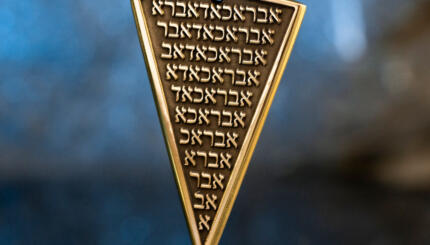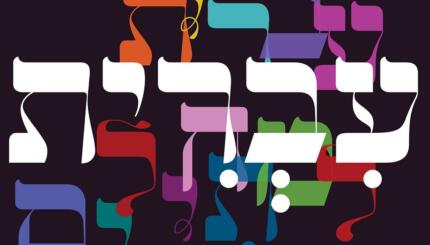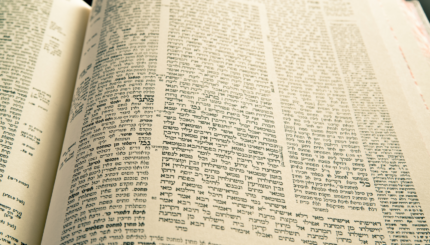Reprinted from Jewish Women: A Comprehensive Historical Encyclopedia with permission of the author and the Jewish Women’s Archive.
Tzenah Urenah is a rendering in Yiddish of the Torah, the Megillot (five scrolls of the Bible) and the Haftarot. In the Torah, the discourses are based on a selection of verses and topics from the weekly portion treated in an exegetical and at times homiletically inclined manner, drawing from numerous sources, primarily the Midrash (especially Bereshit Rabbah) and the Talmud, Rashi and his interpreters and many other exegetes, with R. Bahya ben Asher ibn Hlava (Spain, 13th century) in the lead.
Though there is clear preference for p’shat (literal meaning), the work does not refrain from combining it with d’rash (interpretation of Scripture). Other sources are added in the rendering of the Megillot which, although also based on selected verses and topics, is closer to the original narrative. The Haftarot are mainly rendered in a consecutive translation interspersed with short sporadic quotations from the text.
History of the Text
The oldest extant edition of the Tzenah Urenah was published in 1622 in Hanau and not in Basel as stipulated in the frontispiece, which refers to three previous editions (one printed in Lublin and two in Cracow) as already out of print. More than 210 editions have since appeared (some with illustrations), first in Central and Eastern Europe and later also in the United States and Israel.

Help us keep Jewish knowledge accessible to millions of people around the world.
Your donation to My Jewish Learning fuels endless journeys of Jewish discovery. With your help, My Jewish Learning can continue to provide nonstop opportunities for learning, connection and growth.
While the various early editions show few linguistic differences, the editions of the late 18th century became a kind of laboratory for the Yiddish language. Some nineteenth-century editions contain textual variations that bear the impact of Hasidism or the Haskalah. During that century several parts of the Tzenah Urenah were translated into other languages or made the object of various kinds of adaptations. Complete translations into English and Hebrew first appeared in the twentieth century.
What’s in a Name?
The name of this extremely popular Yiddish work derives from the beginning of the verse “O maidens of Zion, go forth and gaze…” (Song of Songs 3:11) which appears in the frontispiece after the title: “The five books of the Pentateuch, the Megillot and the Haftarot in Yiddish”.
Notwithstanding the feminine form of its adopted name, the work was originally intended by its author, R. Jacob ben Isaac (16th century) of Janow (Poland), for men and women alike, as stated in the oldest extant edition: “This work aims to enable men and women…to understand the word of God in simple language,” since they lacked a sufficient mastery of the Hebrew language to understand the original.
Association with Women
Although the Tzenah Urenah gained universal acceptance among Ashkenazi Jews and was often recommended to readers of both genders by rabbinical and spiritual leaders, at a certain point in time unknown to us the book began to be considered as the principal and fundamental reading matter for women. Intended primarily for the Sabbath and holidays, the appropriate sections were mainly read at home either silently and individually or aloud for the benefit of other members of the family. These women’s readings became an inseparable part of the yearly cycle’s customary practice in the traditional home throughout the Ashkenazi Diaspora, at least until World War II.
For many generations the Tzenah Urenah played a major role in the informal education of women and their children by broadening their knowledge of many and varied Hebrew sources, leading them in the ways of Jewish thought and behavior and presenting them with a treasure of stories and narratives. The impact the Tzenah Urenah made on its readers’ spiritual world, on their reading habits, on their literary taste and on their written and spoken language still awaits research, together with many other aspects of this important work.


